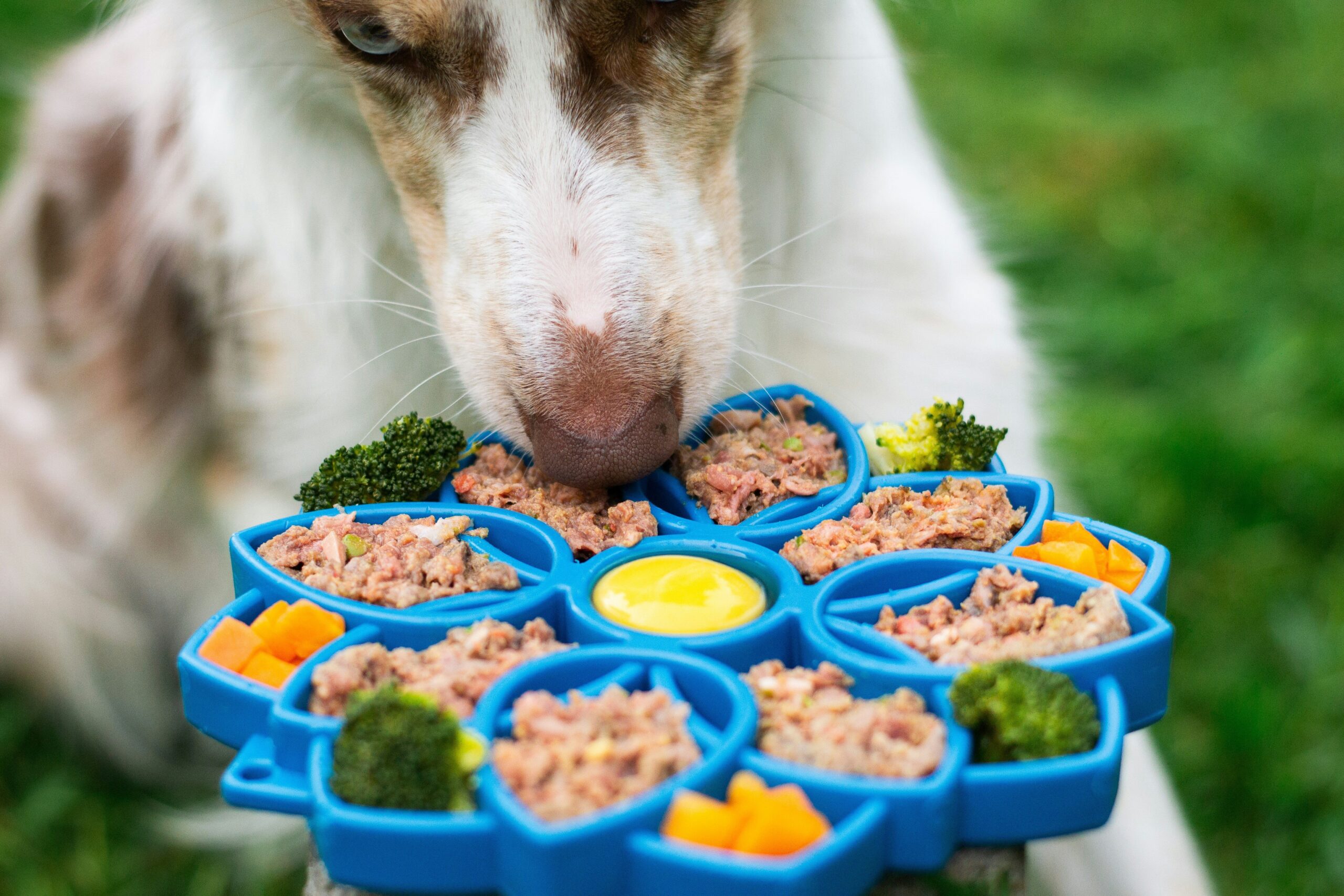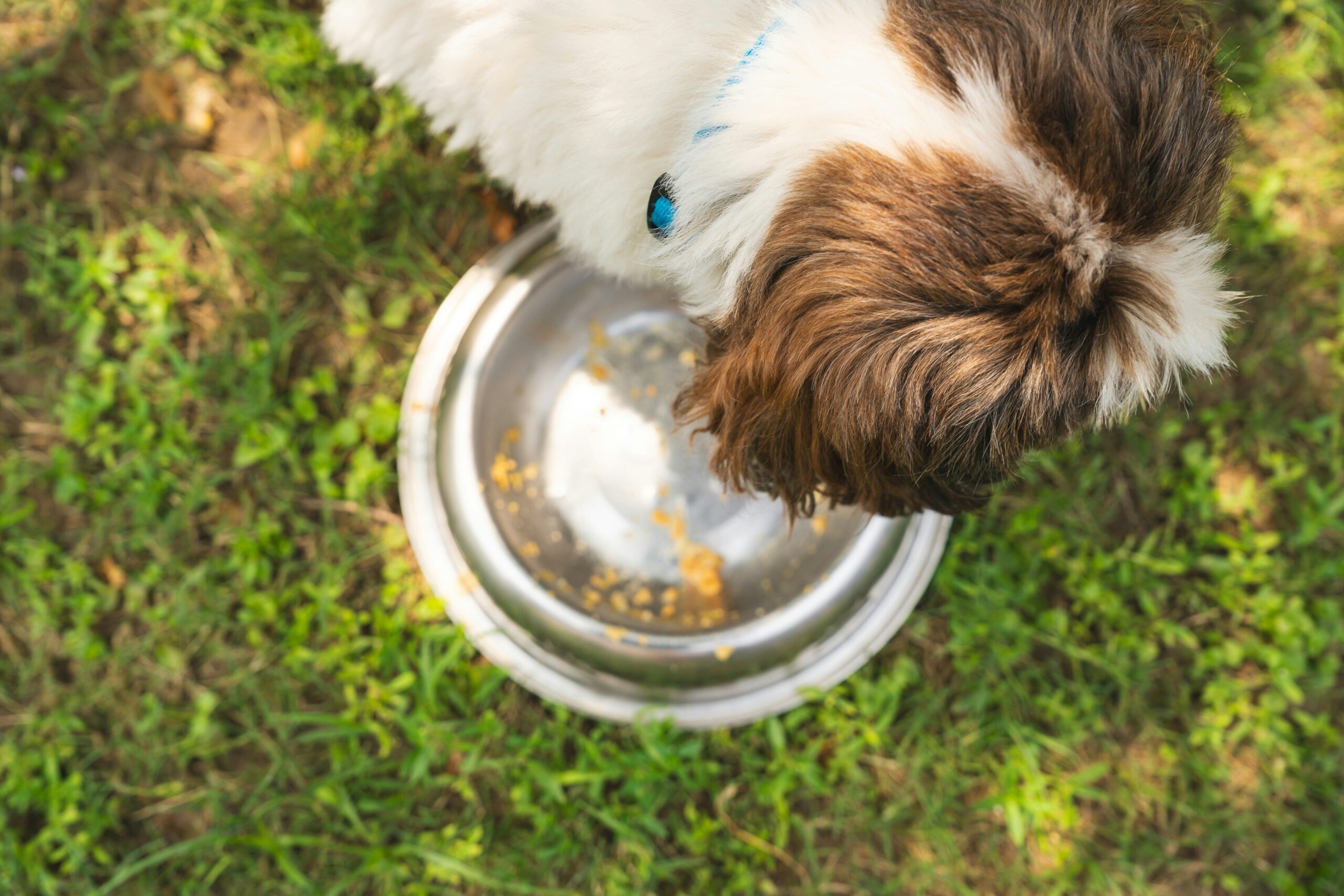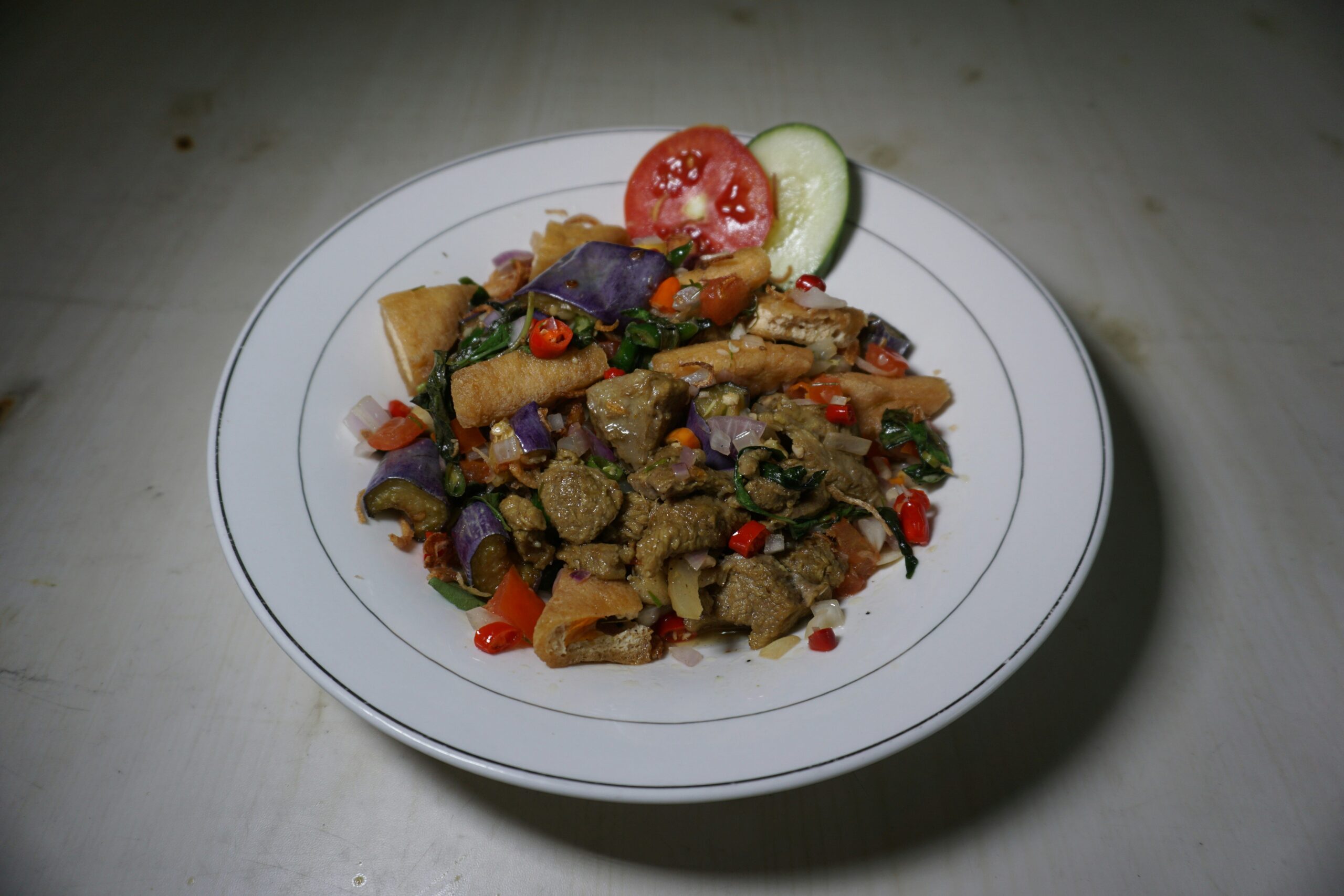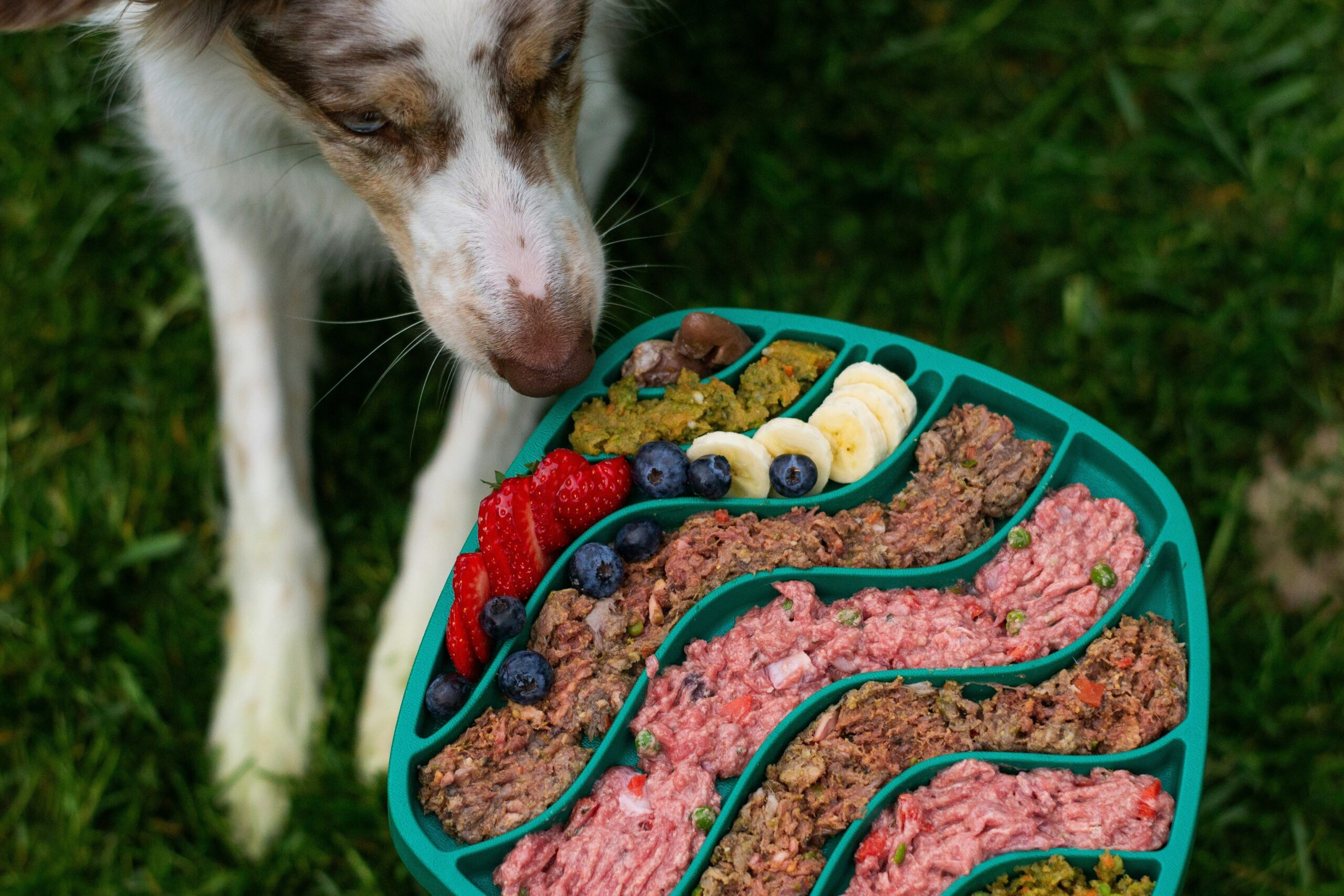Ever seen your hunting dog drag their paws after a long day in the field? You’re not alone. Many hunters overlook one critical part of post-hunt care: nutrition. The right recovery dog meal isn’t just about filling their bowl—it’s about fueling their muscles, joints, and energy levels so they’re ready to go again.
In this guide, we’re diving deep into specialized pet food designed specifically for hardworking hunting dogs. From recipes to tips, I’ll share everything you need to know (and what mistakes I’ve made along the way). Let’s get started!
Table of Contents
- Key Takeaways
- Why Recovery Meals Matter for Hunting Dogs
- Step-by-Step Guide to Crafting the Perfect Recovery Dog Meal
- Best Practices for Feeding Your Hunting Dog
- Real-Life Examples of Recovery Dog Meals That Work
- Frequently Asked Questions About Recovery Dog Meals
Key Takeaways
- A recovery dog meal should balance proteins, carbs, and fats to support muscle repair and energy replenishment.
- Specialized pet foods, like high-protein formulas, are essential for active hunting dogs.
- Avoid cheap fillers—they’re terrible for performance and overall health.
- Hunting dogs benefit from added supplements like glucosamine for joint health.
Why Recovery Meals Matter for Hunting Dogs

Your hunting dog is an athlete. And just like human athletes, they need proper nutrition to recover from intense physical activity. Ever tried running a marathon on empty? Sounds like nails on a chalkboard, right?
Here’s the deal: When your pup burns calories during a hunt, their body relies on glycogen stores for energy. Once depleted, these stores need to be replenished quickly with the right nutrients. Without a solid recovery plan, your dog will feel sluggish—and trust me, no one wants that whining in the truck on the way home.
Pro Tip: A balanced recovery dog meal can reduce soreness, improve endurance over time, and even extend your dog’s working lifespan.
Step-by-Step Guide to Crafting the Perfect Recovery Dog Meal

Step 1: Choose High-Quality Protein Sources
Dogs thrive on protein, especially after expending tons of energy. Chicken, turkey, beef, fish, or eggs are excellent choices. Avoid mystery meats—you’d skip the mystery goulash at a gas station, wouldn’t you?
Step 2: Add Complex Carbohydrates
Carbs replenish glycogen stores fast. Sweet potatoes, brown rice, or quinoa are fantastic options. Skip the instant mashed potatoes; they’re basically junk food for dogs.
Step 3: Incorporate Healthy Fats
Fatty acids like omega-3s keep coats shiny and joints lubricated. Add flaxseed oil, salmon oil, or even a dollop of peanut butter (xylitol-free, please).
Step 4: Mix in Joint-Supporting Supplements
“Optimist You: ‘Supplements sound fancy!’
Grumpy You: ‘Ugh, fine—but only if they actually work.’”
Glucosamine and chondroitin are game-changers for reducing inflammation and preventing injuries. Brands like Zesty Paws make it easy—just sprinkle and serve.
Step 5: Monitor Portion Sizes
The last thing you want is an overweight pooch struggling to chase down ducks. Use a kitchen scale or measuring cup to portion meals accurately.
Best Practices for Feeding Your Hunting Dog
- Stay Consistent: Stick to a feeding schedule to avoid digestive upsets.
- Hydrate Properly: Dehydration slows recovery. Always have water available before, during, and after hunts.
- Avoid Cheap Fillers: Corn, soy, and wheat offer zero nutritional value. They’re basically kibble filler-fluff.
- Tailor Meals to Age/Activity: Senior dogs may require lower-calorie diets compared to younger, more active pups.
Real-Life Examples of Recovery Dog Meals That Work

Example 1: Turkey & Sweet Potato Delight
- Lean ground turkey (protein)
- Mashed sweet potato (carb)
- Olive oil drizzle (fat)
- Dash of turmeric (anti-inflammatory)
Example 2: Salmon & Quinoa Power Bowl
- Baked salmon chunks (omega-rich protein)
- Cooked quinoa (complex carb)
- Pumpkin puree (fiber boost)
- Sprinkling of glucosamine powder (joint support)
I once experimented with adding kale because “superfoods” were trending. Big mistake. Turns out, my Lab hated it as much as I do.
Frequently Asked Questions About Recovery Dog Meals
Q: Is homemade food better than commercial options?
A: It depends. Homemade meals give you full control but require careful planning. Commercial formulas save time but vary in quality. Look for brands labeled “complete and balanced.”
Q: What’s the worst ingredient in dog food?
A: Artificial preservatives like BHA/BHT. These chemicals belong in science labs, not your dog’s dish.
Q: Can treats replace a recovery meal?
A: Absolutely not. Treats should never exceed 10% of your dog’s daily caloric intake. Think of them as snacks, not sustenance.
Conclusion
Feeding your hunting dog the perfect recovery dog meal doesn’t have to be rocket science. By focusing on quality proteins, complex carbs, and healthy fats—and avoiding shortcuts like cheap fillers—you’ll set your four-legged partner up for success.
Remember, consistency is key. Don’t let laziness win—your dog deserves better. Now go grab those sweet potatoes and start cooking!
Haiku Bonus:
Paws race through fields wide, Muscles fueled by good eats— Chase dreams, strong and free.


